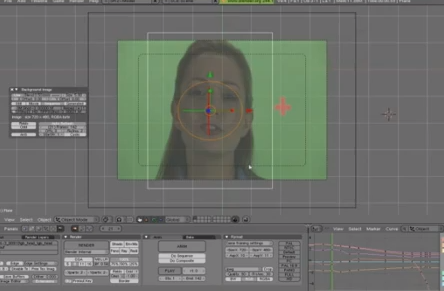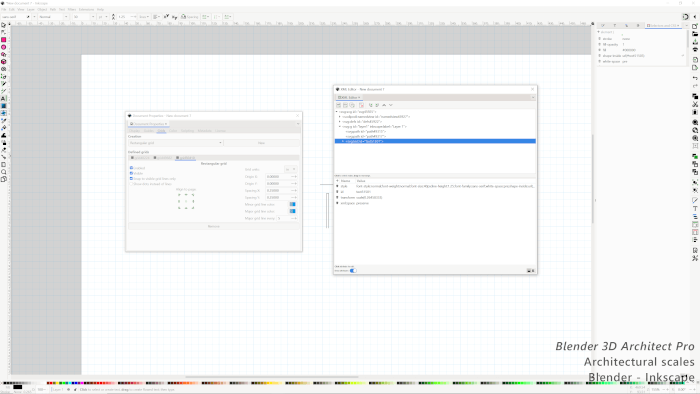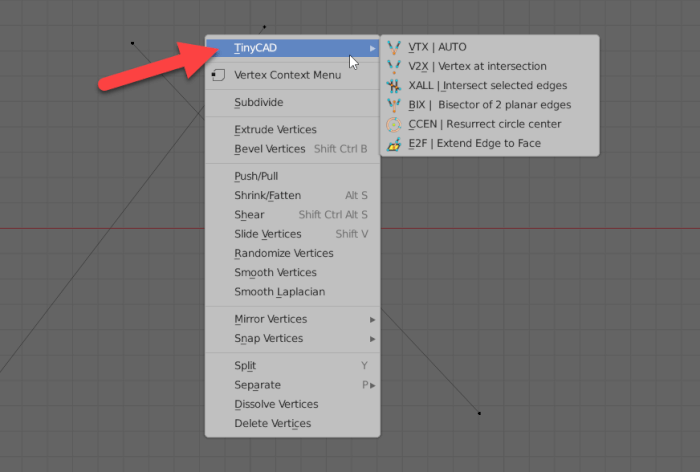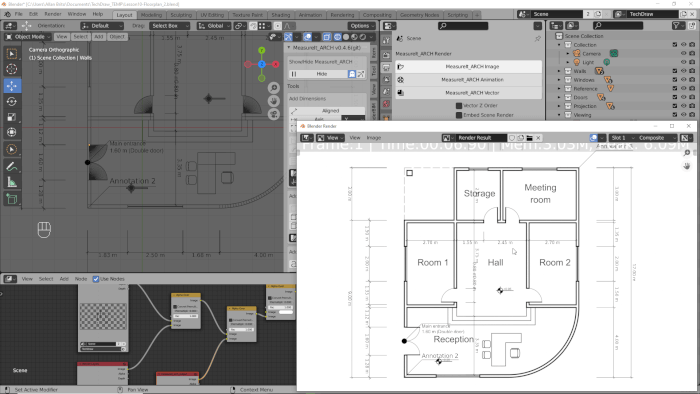
One of the things that make Blender unique is the incredible amount of tools available on a 3d suite like the video sequencer, game engine and much more. It makes Blender useful not only for 3d work, but for visual effects and TV production. For architectural visualization studios that must create animations blended with real footage, Blender can be a real advantage. If you never worked with Blender using his composition capabilities, I just found a tutorial that might help you to better understand how to work with Chroma key, motion tracking and much more.
In the video below a filmmaker called David Matthew Weese shows how work with composition in Blender. The tutorial has a length of almost 54 minutes! The only downside of the tutorial is that it still uses Blender 2.4. But, the material is really interesting to be left aside.





